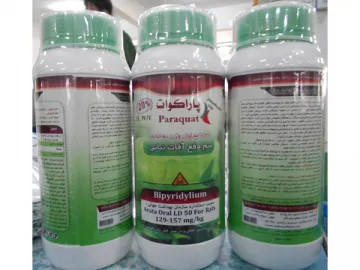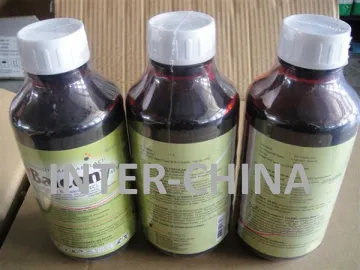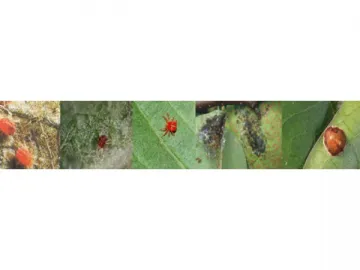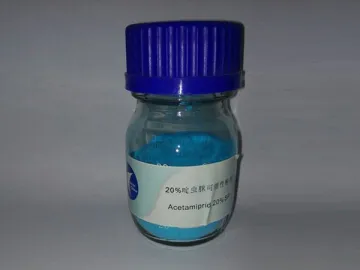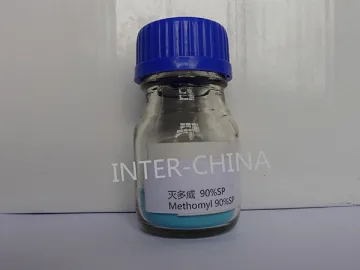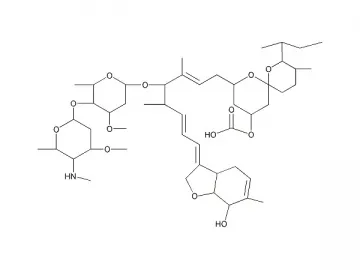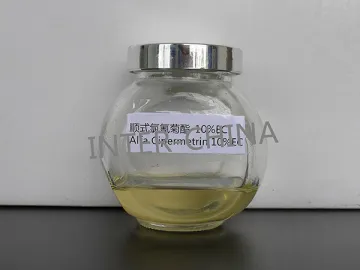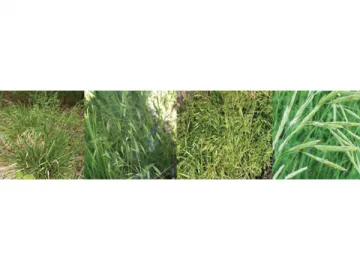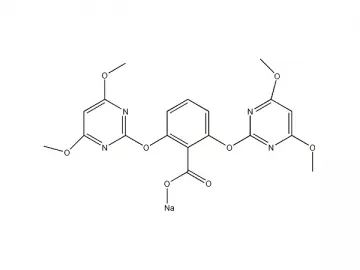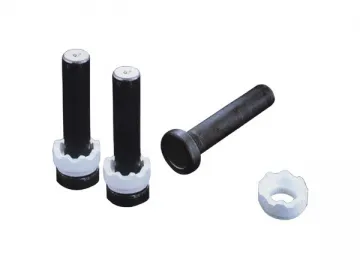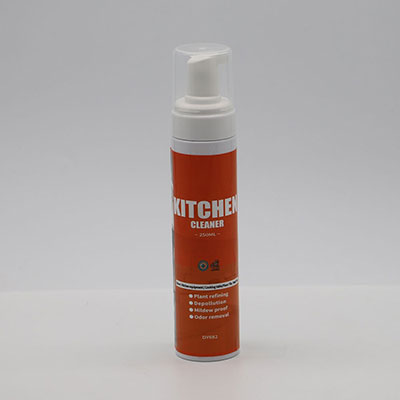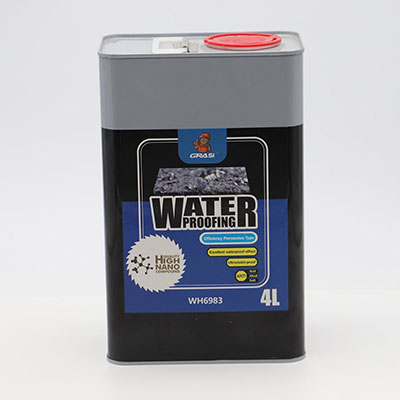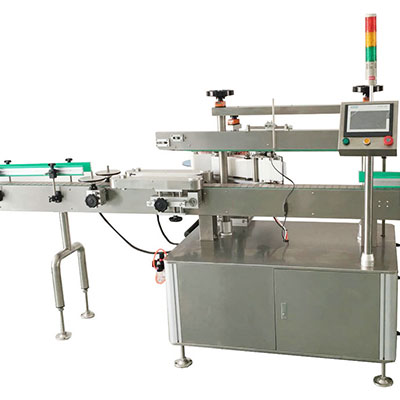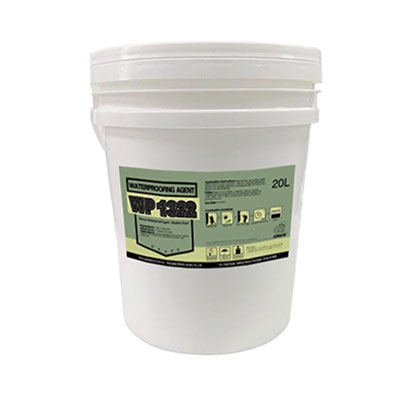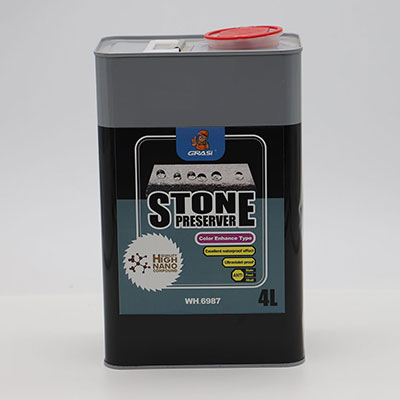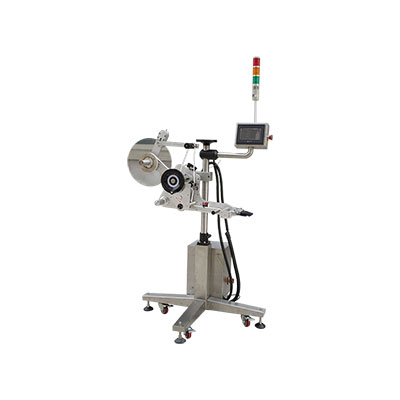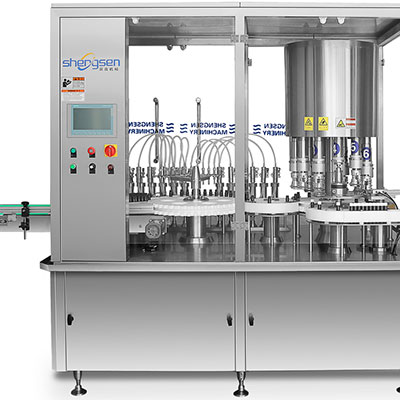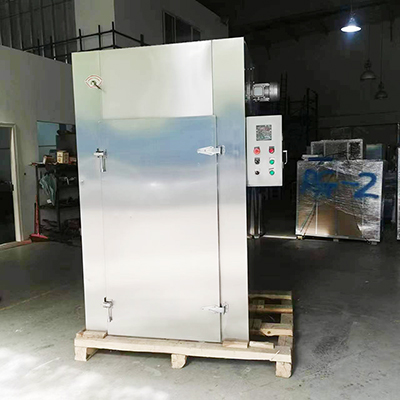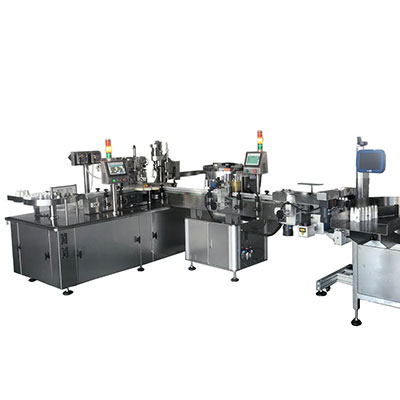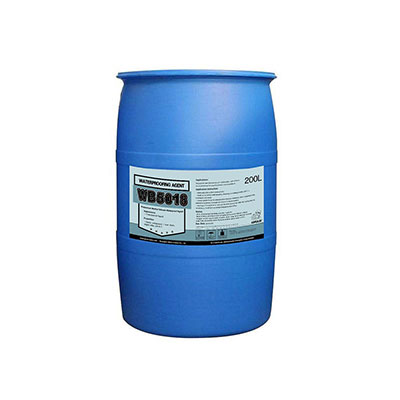Imidacloprid
CAS NO.: 105827-78-9
Imidacloprid is a systemic insecticide.It acts as an insect neurotoxin and belongs to a class of chemicals called the neonicotinoids which act on the central nervous system of insects with much lower toxicity to mammals.
Function
Imidacloprid is widely used for pest control in agriculture. It can be applied by soil injection, tree injection, application to the skin of the plant, broadcast foliar, ground application as a granular or liquid formulation, or as a pesticide-coated seed treatment.
Other uses include application to foundations to prevent termite damage, pest control for gardens and turf, treatment of domestic pets to control fleas, protection of trees from boring insects, and in preservative treatment of some types of lumber products.
Uses and Dosage
| Crop | Pests | Rate of Use | Application |
| Rice | Plant hopper | 21-31.5 g/ha. For 35%SC 15-45 g/ha. For 20%SL | Spray |
| Cotton | Aphid | 15-30 g/ha. | |
| Rice | Rice plant hopper | 30-45 g/ha. | |
| Citrus | Leaf miner | 2500-3000 times |
Benefits
1. Based on laboratory rat studies, imidacloprid is rated as "moderately toxic" on an acute oral basis to mammals and low toxicity on a dermal basis by the World Health Organization and the United States Environmental Protection Agency.
2. It is rated as an "unlikely" carcinogen and as weakly mutagenic by the U.S.EPA.
3. This agricultural chemical is not listed for reproductive or developmental toxicity.
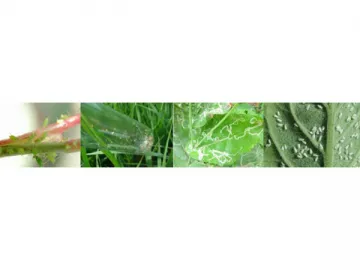
Note
1. Imidacloprid is one of the most toxic insecticides to bees. The acute oral LD50 ranges from 0.005µg a.i./bee to 0.07µg a.i./bee, which makes the product more toxic to bees than organophosphate dimethoate or pyrethroid cypermethrin!
2. The farm chemical is highly toxic to four bird species including Japanese quail, house sparrow, canary, and pigeon.
Technical Data
1. Imidacloprid 70% WDG
| Items | Specification | Method |
| Appearance | Off-white columnar granule | N/A |
| Purity, % | ≥70.0 | CIPAC 582/WG/M3 |
| PH Value | 6.0 - 9.0 | CIPAC MT 75 |
| Wet Sieve Test | Maximum: 0.1% retained on a 75μm test sieve | CIPAC MT 185 |
| Moisture Content (%) ≤ | 2.0 | GB/T 1600 |
| Suspensibility (%) ≥ | 90 .0 | CIPAC MT 184 |
| Persistent foaming after 1min, ml ≤ | 25 .0 | CIPAC MT 47.2 |
| Disintegration Time, s ≤ | 180 .0 | HG/T 2467.13-2003 |
2. Imidacloprid 20% SL
| Items | Specification | Method |
| Appearance | Light-yellow homogeneous liquid | N/A |
| Purity, g/L | ≥20.0 | 582/SL/M/3, CIPAC Handbook L,p.89, 2006 |
| PH Value | 5.0~8.0 | MT 75.3, CIPAC Handbook J,p.131, 2000 |
| Solution Stability (200 times) | 1. A clear or opalescent solution 2. Free from more than a trace of sediment and visible solid particles. 3. Any visible sediment or particles produced shall pass through a 45μm test sieve. | MT 41, CIPAC Handbook F,p.131, 1995 |
| Storage Stability at 0℃ | After storage at 0 2℃ for 7 days, the volume of solid or liquid which separates shall not be more then 0.3ml. | MT 39.3, CIPAC Handbook J,p.126, 2000 |
| Storage Stability at Elevated Temperature | After storage at 54 2℃ for 14 days, the determined average active ingredient content must not be lower than *% relative to the determined average content found before storage. The formulation shall continue to comply with the requirement | MT 46.3, CIPAC Handbook J,p.128, 2000 |
3. Imidacloprid 600g/L SC
| Items | Specification | Method |
| Appearance | Off-white flowable suspension | N/A |
| Content, g/L | 600.0 ± 25 | HPLC |
| Suspensibility, % | 90% min | CIPAC MT 184 |
| Persistent Foaming after 1min, ml | 25max | CIPAC MT 47.2 |
| PH Value | 6.0 - 9.0 | CIPAC MT 75.3 |
| Storage Stability at Elevated Temperature (54 2℃) | Comply with above | CIPAC MT 46.3 |
| Storage Stability at 0℃ | Comply with above | CIPAC MT 47.2 |
Links:https://www.globefindpro.com/products/75781.html
